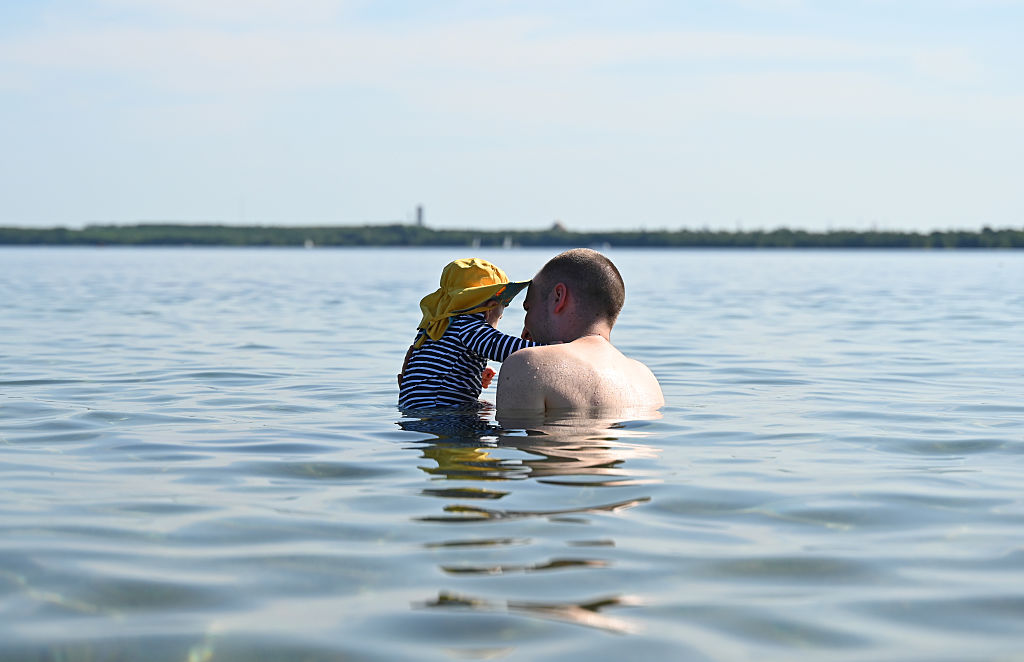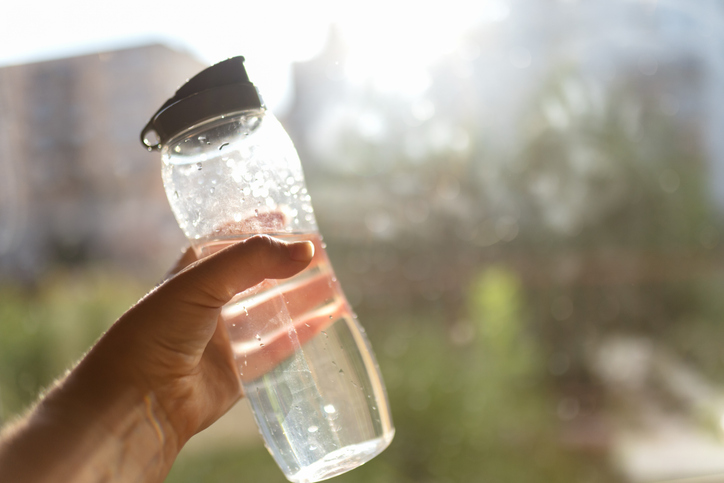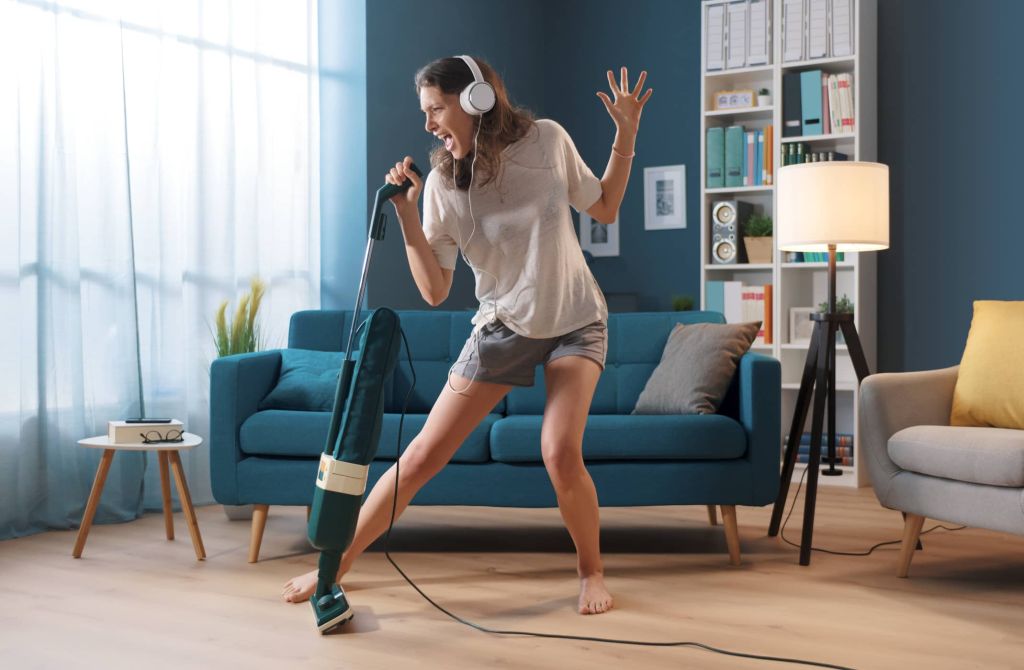What To Do When the Heat Index Is High

What To Do When the Heat Index Is High
When the heat index climbs, it’s not just uncomfortable—it’s dangerous.
A high heat index is typically considered anything over 90°F, but it becomes dangerous once it climbs above 103°F.
Here’s a quick breakdown:
- 80–90°F: Caution – Fatigue possible with prolonged exposure or physical activity.
- 91–103°F: Extreme caution – Heat cramps and heat exhaustion are possible.
- 104–124°F: Danger – Heat cramps and heat exhaustion likely; heat stroke is possible with prolonged exposure.
- 125°F and up: Extreme danger – Heat stroke is highly likely.
The heat index combines air temperature and humidity to reflect how hot it actually feels to the human body. So even if the temperature is 95°F, if it’s very humid, it could feel like 110°F or more.
At this level, your body struggles to cool itself, increasing the risk of heat exhaustion or even heat stroke.
Whether you’re working, traveling, or just trying to get through the day, here’s what you need to know (and do) to stay safe and cool.
1. Stay Inside Whenever Possible

Extreme heat is a good excuse to embrace indoor activities.
If you don’t have to be outside, don’t be. Stay in air-conditioned spaces like your home, the library, a shopping mall, or a community center.
Even a few hours of AC can lower your body temperature and reduce your risk of heat-related illness.
2. Hydrate, Hydrate, Hydrate

Your body loses a lot of water trying to cool down, so drink more than usual.
Stick to water or drinks with electrolytes—skip caffeine and alcohol, which can dehydrate you.
A good rule: if you’re not sweating, you’re not drinking enough.
3. Avoid Outdoor Activities During Peak Hours

If you must go outside, aim for early morning or after sunset when temperatures drop slightly.
Avoid strenuous activity between 11 a.m. and 5 p.m., when the sun and heat are at their worst.
4. Dress for the Weather

Wear lightweight, loose-fitting, and light-colored clothing.
Dark colors absorb more heat.
Don’t forget a wide-brimmed hat and sunglasses, and use sunscreen to protect your skin.
5. Find Fun Ways to Stay Cool

- Visit a splash pad or pool (but don’t stay too long in direct sunlight)
- Create your own indoor movie marathon or board game day
- Take cold showers or soak your feet in cold water
- Make popsicles or slushies at home with fruit and juice
- Turn on a fan and sit with a wet washcloth on your neck or wrists
6. Know the Signs of Heat Illness
Be alert for symptoms like:
- Heavy sweating
- Weakness or dizziness
- Headache
- Nausea or vomiting
- Rapid heartbeat
If you or someone you know starts feeling these, move to a cooler place, drink water, and get medical help if needed.
7. Check on Vulnerable Neighbors
Extreme heat can be especially hard on older adults, children, and those with medical conditions.
Check in on loved ones and neighbors to make sure they’re safe and cool.



